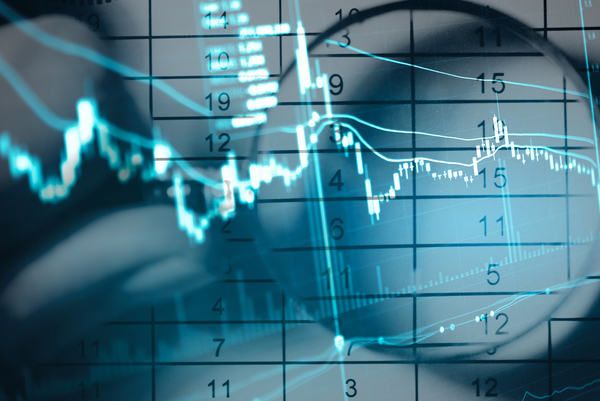Trend following is having a rip-roaring year this year, capitalizing on continued volatility and uncertainty in markets. Andrew Beer, co-portfolio manager of the wildly popular iMGP DBi Managed Futures Strategy ETF (DBMF ), and managing member of Dynamic Beta investments was a recent guest on the “Top Traders Unplugged: Systematic Investor” podcast hosted by Niels Kaastrup-Larsen, a long-time member of the hedge fund industry and currently head of Asian and European activities at Dunn Capital.
The discussion opened with a talk about what’s happening in the hedge fund space and Beer’s background in the hedge fund industry before he moved from hedge funds to ETFs. Managed futures that take long and short positions on a variety of asset classes via the futures market have been strong performers this year as well as portfolio diversifiers and have been enormously popular.
DBMF is a fund that seeks to replicate the performance of the top 20 managed futures hedge funds averaged together, providing the savings in management fees that an ETF provides while capturing the performance and diversification potentials of the managed futures strategy.
“My belief in hedge funds is it’s always the big trades,” Beer said. “If you had to sum up managed futures this year, I’d say they got inflation right, and you can break that down into a series of trades and times.”
DBMF Captures Quant Strategies in an ETF
The strategy that DBMF employs requires quantitative analysis of hundreds of models to determine robustness as well as find the largest positions and the biggest trades and capture them, replicating the performance of the largest managed futures hedge funds. DBMF only takes positions on 10 different assets: two-year, 10-year, and 30-year treasuries; gold and oil; the S&P 500, EAFE (Europe, Australasia, and the Far East), emerging markets; and the Japanese yen as well as the euro.
Kaastrup-Larsen went on to discuss the trap that can happen between obtaining correlation and actual returns, and that a strategy that obtains perfect correlation doesn’t always equate to positive returns.
“Our strategies have always been about trying to get the big trades as right as we can and avoid getting fooled by the data,” Beer said. “Our job as humans who are overseeing models is trying to design them in a way where we don’t have those periods where the index, or the target, or whatever goes up 10 and we’re down 10 and we’re explaining it to people.”
Content continues below advertisement
Eliminating Single Manager Risk and RIA Enthusiasm
The two went on to talk about the difficult environment for managed futures over the last couple of decades and the strong outperformance of equities and bonds and the potential pitfalls of investing in just one managed future manager. DBMF eliminates single manager risk by seeking to replicate the performance of the average of the largest 20 managed futures hedge funds and is what Beer terms a “beta plus” strategy for the managed futures space: the plus comes from the savings in fees by using the strategy via an ETF.
Beer fielded several questions in the Q&A portion of the podcast, including about the distribution of investor types in the fund.
“We have an army of small RIAs that bought into this product. The incredible thing is we’ve gone from $60 million to — we’re closing in on $1.1 billion as of yesterday [recorded October 16],” Beer explained. “We are not on Morgan Stanley, Merrill Lynch, UBS; no institutional consultants have approved us; we are not in any Vanguard models, iShares models. It has been entirely an army of independent, entrepreneurial RIAs who love the space and either have portfolios that only invest in ETFs, so they can’t select from it, or they want to make it a big part of their asset allocation models and they want index-like.”
DBMF has 35.00% returns as of 10/24/2022. It is a five-star rated fund with Morningstar and is the largest of the managed futures ETFs.
DBMF has a management fee of 0.95%.
For more news, information, and strategy, visit the Managed Futures Channel.

